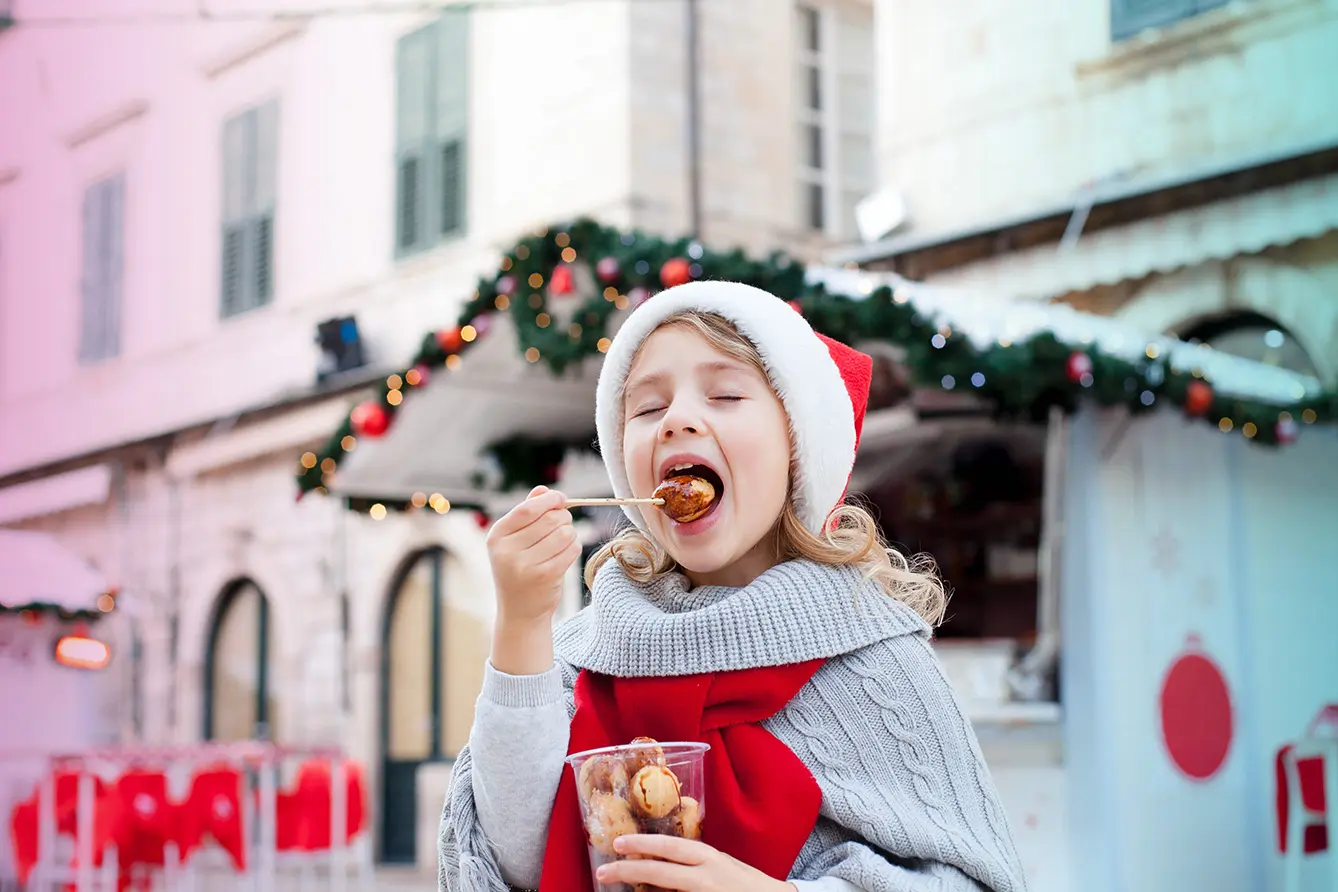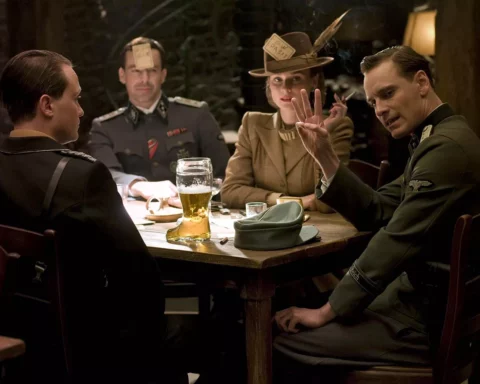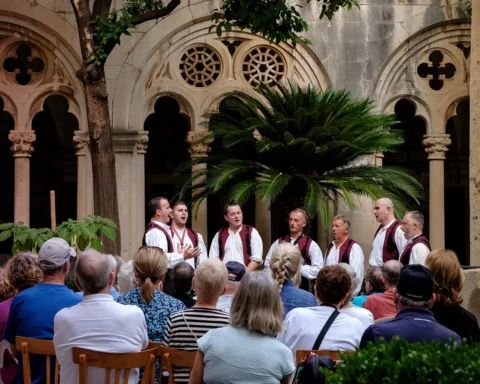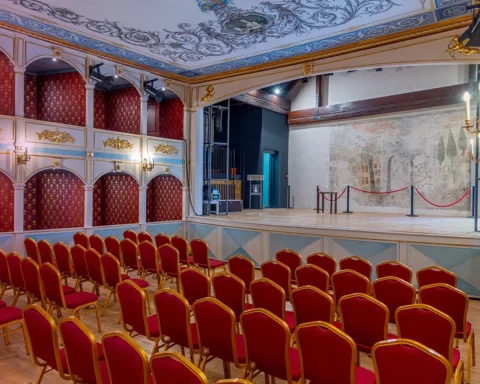Christmas in Croatia is a time to spend with family and friends. This should not come as a big surprise since most countries devote the festive winter season to their loved ones. However, each country does it in its own graceful way. What is the Croat’s take on Christmas?
Weeks of preparations and growing wheat
Croatia is deeply rooted in the Christian faith. Hence the preparation for Christmas begins with a four-week-long Advent. Children are visited by Saint Nicholas on December 6 and can find some small gifts and sweeties in their shoes, which they would have polished and placed on the windowsill the night before. Another milestone comes on December 13, on the feast of Saint Lucia.
The generous saint is also known to bring little gifts to the anticipating kids, so the real lucky ones can expect to be treated twice during the long preparation for Christmas. But on the day of Saint Lucia, families follow a Croatian tradition of planting wheat. They place the grain in small pots and grow it to later place it on the Christmas table as its centerpiece, decorated with national colors. The longer the wheat grows, the more prosperous the family will be in the coming year.
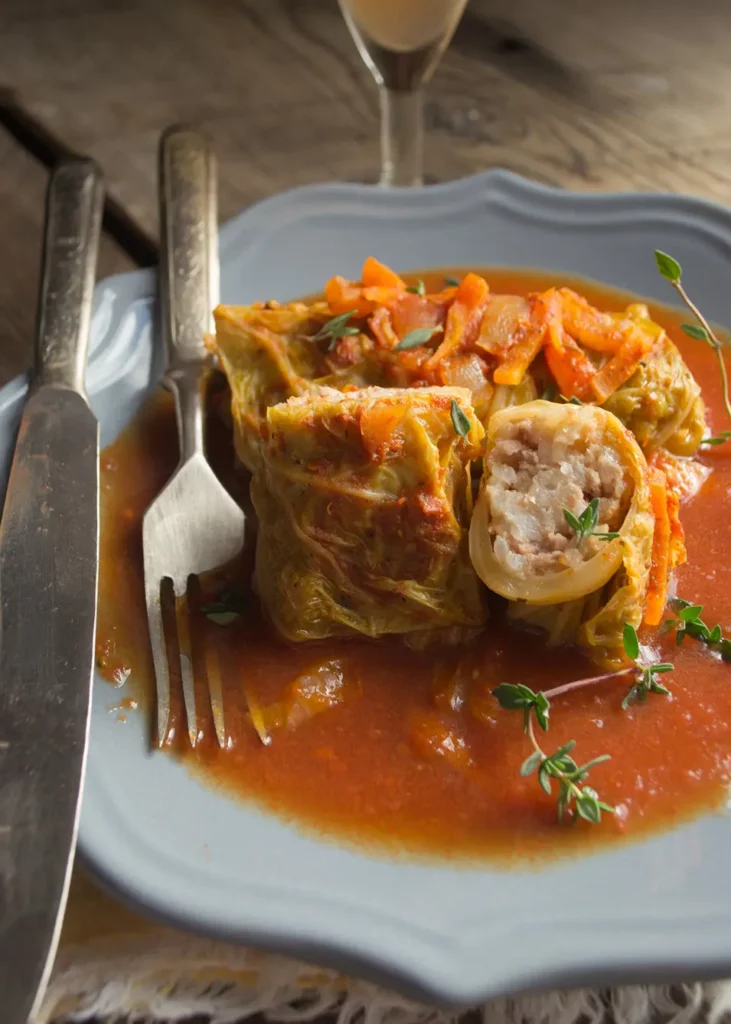
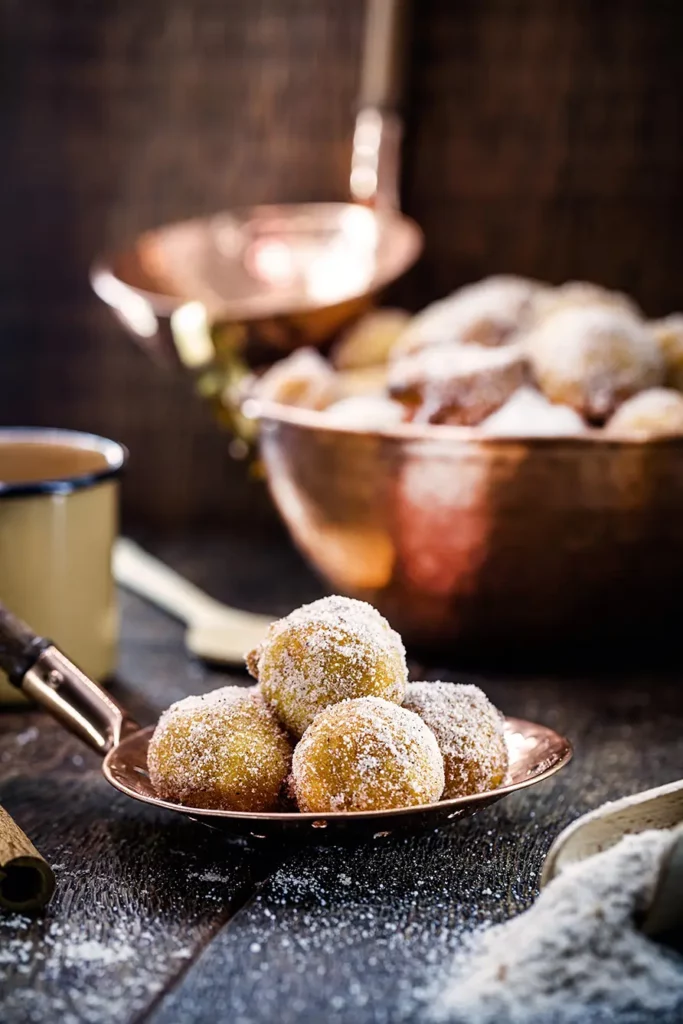
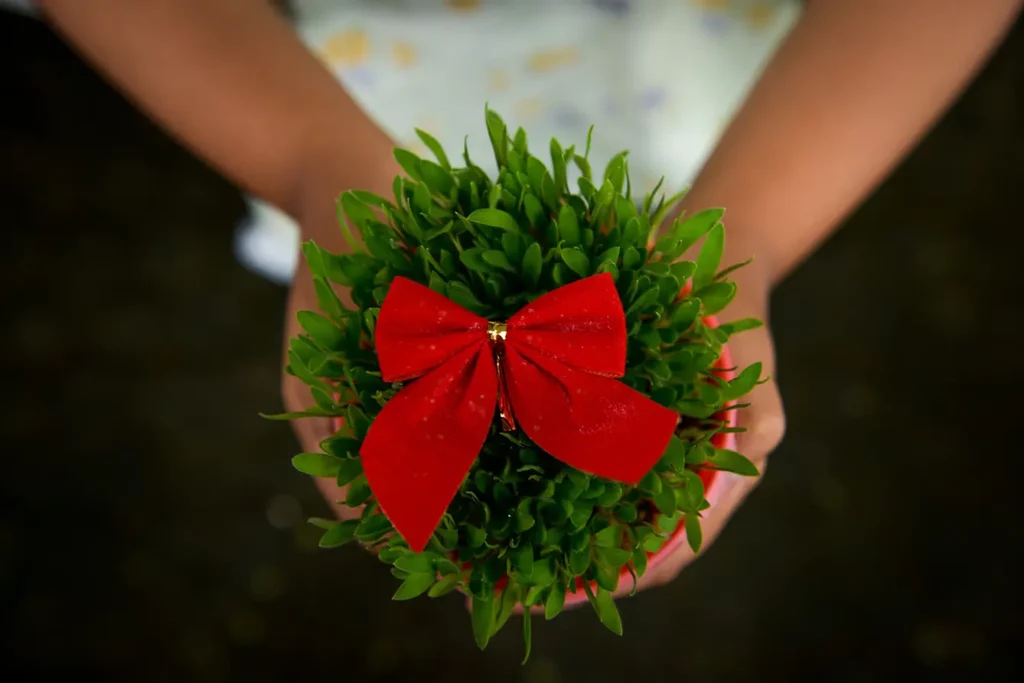
Vegetarian Christmas Eve and the log
Alas, the time has arrived! It is the day before Christmas, but Croat families still have much to prepare. Traditionally, it was Christmas Eve when the Christmas trees were decorated, and in fact, it is hard to purchase your tree in Croatia until nearer to Christmas time. However, this is true for most Central European countries, where people still tend to go for live trees and follow the Christian calendar more closely (meaning they celebrate Christmas after Christmas Eve).
But what came before the tree? Sources from the 15th-century name a tradition of making a decorative Christmas wreath, known as kinč, and hanging it from the ceiling. Ok, so the table and the tree are ready, but what is cooking in the kitchen? Mostly fish and veg. The traditional dish, known as bakalar, is served for the evening meal. It is made of dried cod served in a form of a spread and takes a couple of days of prior preparations.
Beside meat-free food, there is an old tradition of badnjak – the Christmas log. The word is derived from the Croatian badnja večer, which stands for Christmas Eve in Croatian. On that night, the man of the house brought a log of wood, lit it, and placed it in the fireplace. The light symbolized Christ, and people took turns to keep it burning, for it was to do so for the whole of Christmas Day. The family would be prosperous and happy in the coming year if it did. These days only a few people have fireplaces but those who do still sometimes follow the tradition of badnjak. Christmas Eve concludes with the Catholic people attending the Shepherds’ Mass at midnight.
Christmas Day and beyond – when family and friends get together
Christmas Day is all about family. The gifts are often unwrapped in the morning, and then people sit down to yet another feast. On Christmas Day, however, Croats eat meat. You can find a roasted turkey, but also such delicacies as cabbage leaves stuffed with minced meat (sarma), sausages (often homemade), and sweet fritule – a deep-fried dessert resembling doughnuts. On Boxing Day, during the feast of Saint Stephen, people visit their friends and loved ones – people with whom they are close. Traditionally they remembered the brave, first martyr of the Catholic Church, who died for his beliefs, and wanted to celebrate with those they held in high regard.
Christmas in Croatia is still a time that seems to be closely connected to the Christian faith, where love and forgiveness, shared by the families, become the central focus point of the festive time. You will hear people greeting each other with a heartwarming Sretan Božić (Merry Christmas), and as you do, your heart will fill up with the authentic Croatian Christmas Spirit.


